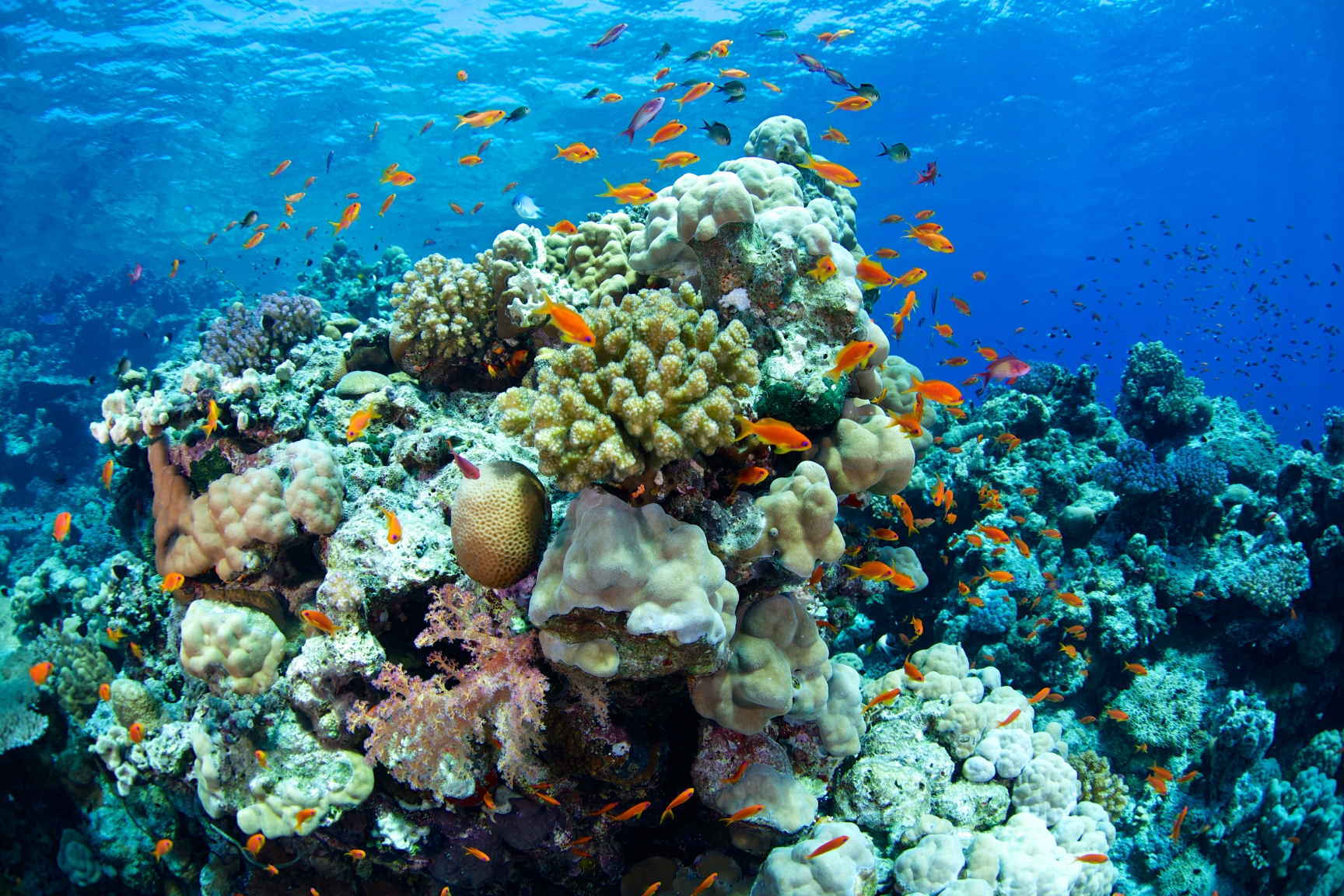Hook, Line, and Sinker
It tastes great and is good for you, but it’s also important to buy seafood that’s been harvested responsibly for your own safety and in order to make sure there’s going to be more in the future.
Below is a quick guide:
Canned and preserved fish
Recommended |
Good, but some concerns |
Avoid |
|---|---|---|
|
|
|
Whole Fish / Fillets / Steaks
Recommended |
Good, but some concerns |
Avoid |
|---|---|---|
|
|
|
Sushi
Recommended | Good, but some concerns | Avoid |
|---|---|---|
|
|
|
Fish and Chips
Recommended | Good, but some concerns | Avoid |
|---|---|---|
|
|
|
Shellfish
Recommended |
Good, but some concerns |
Avoid |
|---|---|---|
|
|
|
Appetizers
Recommended |
Good, but some concerns |
Avoid |
|---|---|---|
|
|
|
* Limit consumption due to mercury
General Rules:
Try to eat lower on the food chain if possible. Species such as jellyfish, clams and smelt reproduce quickly and have more sustainable fisheries. Species such as sharks, tilefish and sturgeon take a long time to reproduce and are often illegally and unsustainably harvested. What’s more, bigger, older predatory and long lived fish have had more time to build up toxins and harmful chemicals in their bodies (to learn more about bioaccumulation, click here)
Check the label to determine the country of origin and try to eat locally if possible. Fisheries in more developed countries such as North America and the EU tend to have better environmental and safety regulations and enforcement. Alaska is considered to have one of the best fishery standards in the world.
The method of raising and harvesting is just as important as the species in sustainability. Fish farmed in open ocean pens and fed growth supplements can be just as environmentally damaging as wild fish caught by nets dragged on the ocean floor.
Need information on a species that isn’t listed? Ask The Fish Doctor
